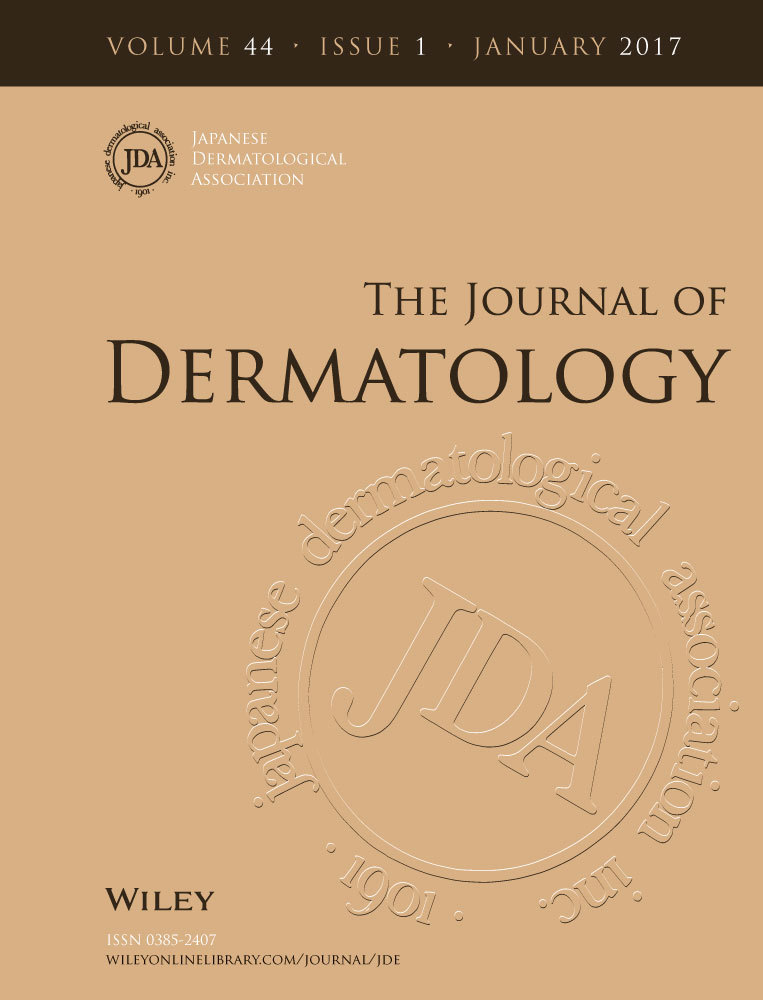Molecular typing using polymorphisms of the polyketide synthase gene (PKS1) of strains in Japan morphologically identified as Fonsecaea pedrosoi
Abstract
Fonsecaea pedrosoi sensu lato is a major causative agent of dematiaceous fungal infection in Japan. Recent sequence analysis of the internal transcribed spacer (ITS) regions of the ribosomal RNA gene has shown that this species can be separated into three species: F. pedrosoi sensu stricto, F. monophora and F. nubica. The cell walls of dematiaceous fungi including the genus Fonsecaea contain melanin, which is important for their virulence. Polyketide synthase (PKS1) is an enzyme required for melanin synthesis. This study analyzed the phylogeny of strains of F. pedrosoi sensu lato isolated in Japan by sequencing the PKS1 gene and ITS regions and identifying molecular polymorphism. Sixty strains morphologically identified as F. pedrosoi isolated worldwide, including 37 strains isolated in Japan, were analyzed. ITS regions of the ribosomal RNA gene and part of the PKS1 gene region were amplified, yielding sequences of approximately 600 and 450 bp, respectively. Polymerase chain reaction products were sequenced, and cluster analysis was performed. The proposed phylogenetic tree based on PKS1 sequences closely matched that based on the ITS regions. Sequencing of both regions showed that the isolates from Japan belonged to the clade of F. monophora. Molecular variations of these Japanese strains were evaluated by assessing both ITS and PKS1 sequences. The 37 isolates could be divided into at least seven molecular subtypes. The combination of these two molecular markers provides a most robust method for intraspecies subtyping and further epidemiological study of F. monophora.




